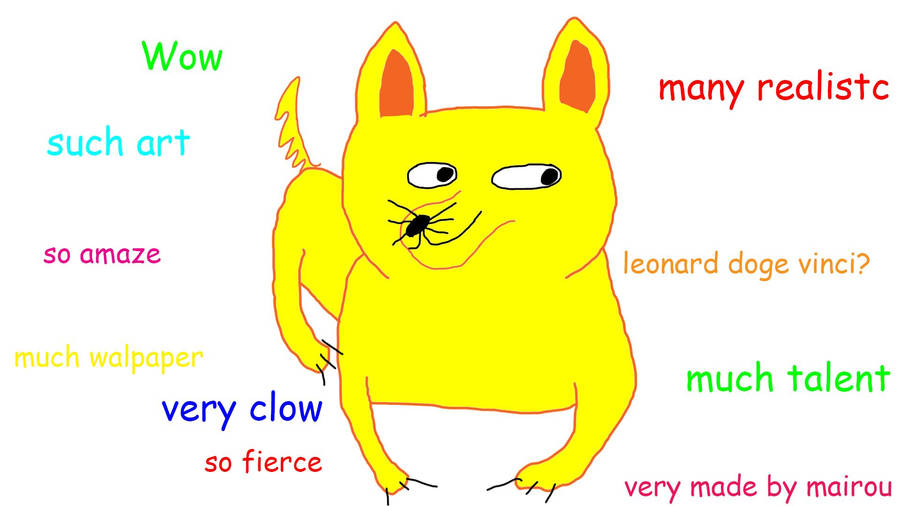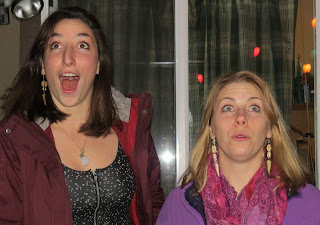One of the big advantages of photogrammetry over 3D scanners and microscribes is speed and information quantity: it takes Meaghan only 15-20 minutes to photograph a specimen at a museum, which makes her visits much shorter and saves her money. This has sped up her collection time so that she now has a dataset of hundreds of oreodonts and modern animals with which to do her dissertation - too much data, if you asked the rapidly-panicking grad student who saw all this work looming on the horizon last year.
One thing that Meaghan is chronically bad at is following any sort of verbal or written directions (worst navigator of all time), preferring instead to stumble blindly through making hundreds of her own mistakes. So since Meaghan is now an expert in "how to mess up Photogrammetry" we thought it was time to lay some of that knowledge onto you, dear readers.
Have you ever struggled to use the program Agisoft Photoscan to make 3D models of skulls? If so, you're part of a very niche group of nerds we here at the blog would like to address in a short segment we call "Dear Photoscan Princess," which is code for "Dear blogger who spent too much time in the basement at University of Oregon screaming at her computer," and also code for "Dear Meaghan." To save us time and effort, let's just stick with the last variant and answer a few questions that Meaghan made up for herself as a writing tool so she could write a blog post on how to suck less at using this program.









